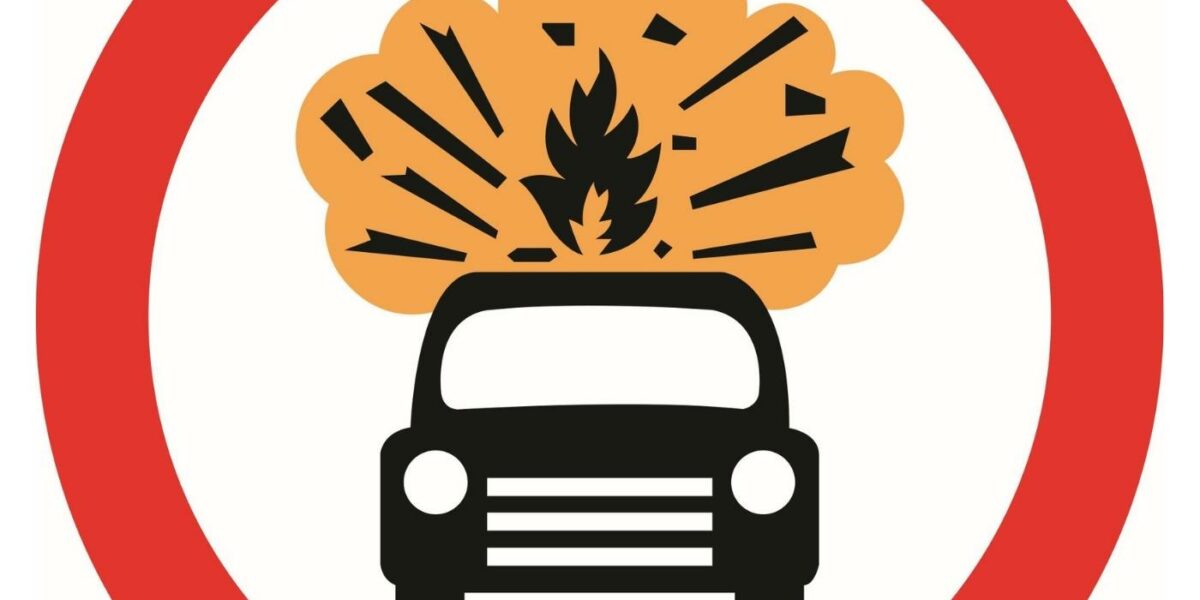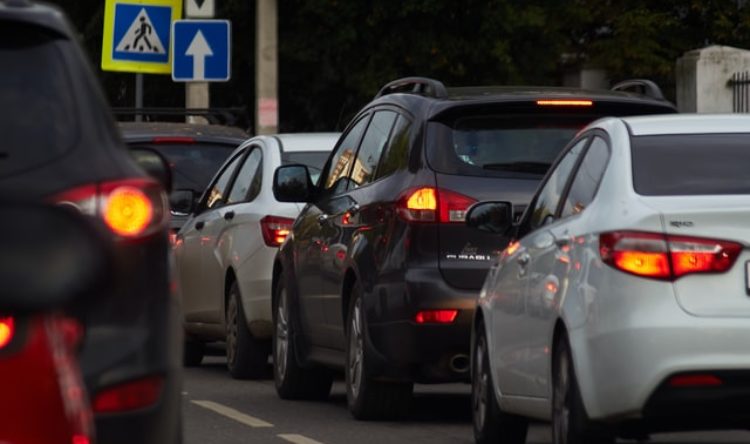Sign of the times
Drivers admit to failing to understand road signs
Driver’s are confused over road signs and Highway Code (HC) changes
Ironically, the research was commissioned by confused.com, quizzing 2,000 UK motorists.
More than 3 in 5 (63%) drivers admit they’ve been stumped by certain road signs when behind the wheel.
Road signs are integral to the Highway Code, road safety and good driving. As we know, it is an important tool taught to learners and required by the driving test.
However, two out of three (66%) UK drivers don’t know the latest HC updates that came into force earlier this year.
Motorists were put to the test and it seems that even the most experienced drivers might need to go back to school.
The top 5 road sign confusion
- No pedestrians
Almost 3 quarters (74%) of drivers got the ‘No pedestrians’ sign wrong.
This sign prohibits pedestrians from walking on a road or pathway for safety or security reasons. It’s usually found on an underpass or flyover that may have no pathway, barrier or is beside a high-speed road.
- No vehicles carrying explosives
More than half (52%) of drivers guessed this road sign incorrectly.
This sign prohibits vehicles from carrying explosive cargo. You’ll find it in areas that produce natural gas or near manufacturers of dangerous goods.
More than 3 in 10 (31%) motorists thought this sign meant, ‘No vehicles carrying flammable gas permitted’.
- T-junction with priority over vehicles from the right
More than half (53%) of UK motorists got this common sign incorrect.
This sign means, ‘T-junction with priority over vehicles from the right’. If you see this sign, it alerts drivers that a sharp left-hand bend is around the corner, so slow down!
- Risk of grounding
More than 6 in 10 (66%) motorists got this sign wrong.
This ‘Risk of grounding’ sign warns large vehicles that an elevated road or hump bridge could cause drivers to get stuck.
- Double bend first to left
More than 2 in 5 (44%) UK motorists don’t know that this sign means, ‘Double bend first to left’.
It tells drivers to slow down because they’re approaching either a double bend or series of bends, which begin with a left turn.
Would you pass your theory test?
More than 2 in 5 (41%) drivers say they’re uncertain that they’d pass their theory test if they were to take it again. Worryingly, it seems that millennials are least confident, with nearly half (49%) of drivers aged 25 to 34 admitting they’d fail today.
In 2020, video clips replaced written case studies to test a driver’s hazard perception. It requires candidates to correctly identify road signs. Luckily for those drivers, it is only those who’ve previously been disqualified that are required to repeat the test. It’s probably not so lucky for other road users!
The theory test format and content is often refreshed in line with HC updates. It’s important for drivers, both newly passed and experienced, to keep on top of the latest changes. This includes knowledge of road signs which provide advance warning of potential hazards and dangers, let alone restrictions.
This new research shows that it’s younger drivers get confused the most by road signs. Nearly 8 in 10 (77%) drivers aged 18 to 24 admitted to being confused over a road sign’s meaning.
Nearly 1 in 5 (18%) drivers claim they, or someone they know, has been involved in an incident on the road due to misunderstanding a road sign.
Lifelong learning
So, what needs to be done? A third (33%) of motorists think the government should step in to help drivers understand the meaning of all UK road signs. I’m not sure what they think the HC is for.
“With over 700 road signs on UK roads, it’s no surprise that some drivers find some of them confusing,” statesConfused.com car insurance expert, Alex Kindred.
“If you misunderstand a road sign, you could cause an accident or near-miss.
“If you’re ever unsure of a road sign’s meaning, it’s worth remembering the 3 basic shapes and how they communicate to motorists for different reasons.
Alex advises motorists to “keep track” of “any that you don’t understand”, and to “check out the latest version of the Highway Code once you get home”.
You can put your theory to the test knowledge to the test here.







